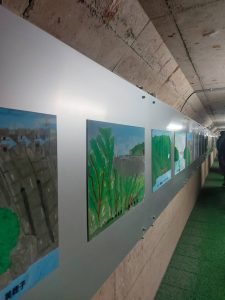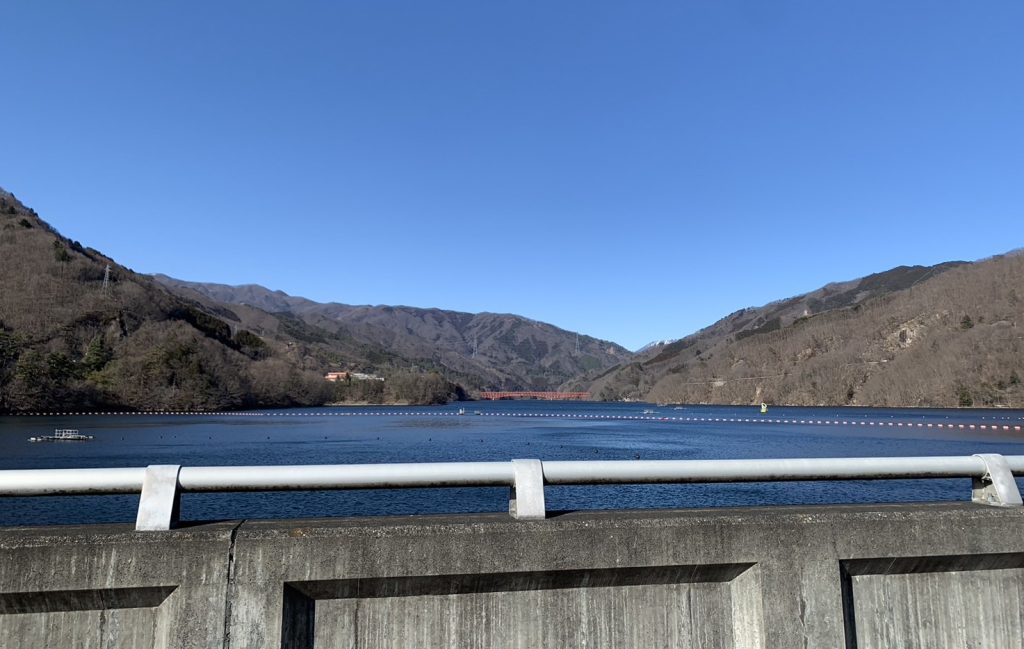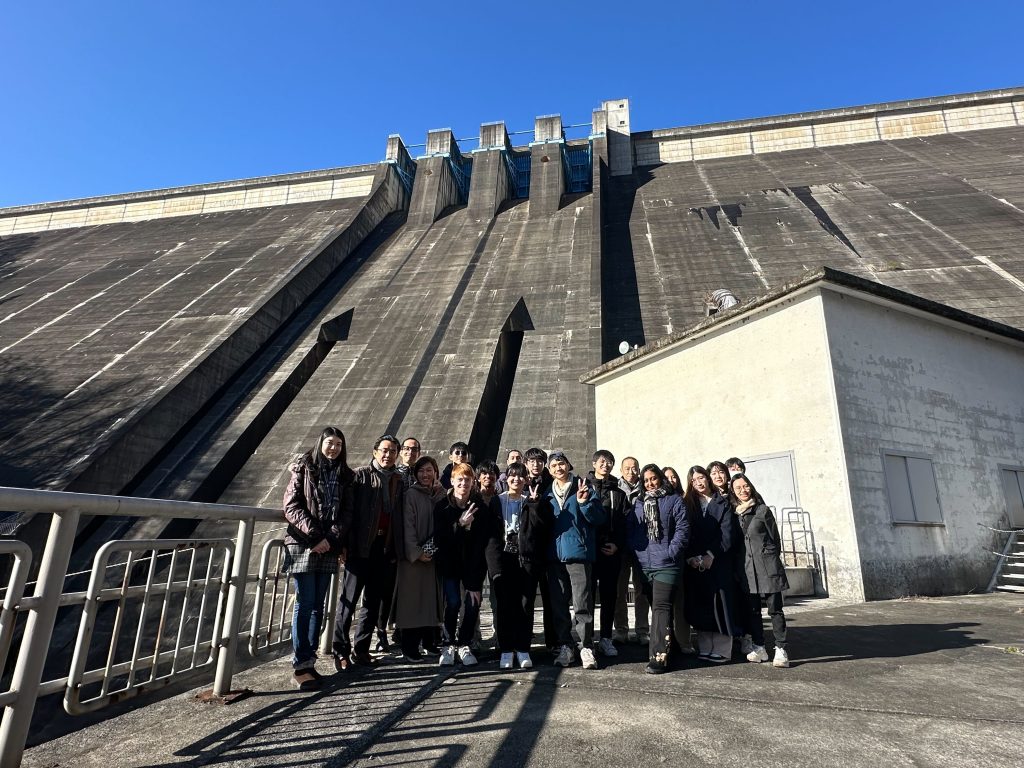The fourth part of the series focuses on Kusaki Dam, a multi-purpose dam built across the Watarase River in Gunma. Buraraksakiet Nattha and Inchid Chawala, then 4th year students from Thailand, share their experiences and impressions of their visit.
“Upon my arrival at Kusaki Dam, I was struck by its imposing presence. The towering concrete walls held back a vast expanse of water, creating an impressive sight. However, my thoughts soon turned to the historical context of dam construction and its ecological implications. Like many others, Kusaki Dam was built rapidly, showcasing human ingenuity and determination. Yet, I couldn’t shake the question: Was it constructed too hastily? Thoughts of the Ashio Copper Mine came to mind, a stark reminder of the environmental damage caused by rapid industrialization. Toxic waste from the mine polluted rivers and devastated ecosystems. As I gazed at Kusaki Dam, I couldn’t help but wonder if similar oversights had occurred in its construction. Were measures taken to mitigate potential harm to the surrounding ecosystem? While Kusaki Dam serves important functions, it’s crucial to reflect on past mistakes and approach such projects with careful consideration for the environment.
One of the most intriguing aspects of our visit was the noticeable increase in wind strength as we approached the dam. Growing up in the city, I rarely experienced such gusts, especially near large bodies of water. This wind phenomenon occurs due to the temperature difference between land and water. Experiencing it firsthand helped me understand how the elements interact around Kusaki Dam, shaping its unique environment.

Aside from the scientific aspects we discovered while strolling across the dam, we stumbled upon some attractive spots that inspired an idea to connect the community with the non-living structure, the Kusaki Dam. You might now wonder what secrets this dam holds. The answer lies in a dam gallery located along the route from the top to the bottom of the dam. When I first heard of the dam gallery, I expected it to be like other galleries displaying photos of the dam across different times and views captured by various photographers. However, the collections inside this gallery were entirely created by young talents in elementary grades from the community near the dam. Each year, new drawings painted by students are placed in the gallery, making it a fascinating way to connect the dam with the community, especially the younger generation. Interestingly, we discussed along the gallery route that this space serves as an indirect method to engage and attract the community to visit the dam annually to view their children’s artwork.
Additionally, we received a dam card, part of a collection set showing the name and photo of each dam. This small, captivating card could encourage us to visit other dams as well to complete the full collection. What a clever idea to not only promote a particular dam but also indirectly promote others.
Overall, our visit to Kusaki Dam provided us with valuable scientific knowledge related to dams, and it made us reflect on the critical importance of considering not only the purpose or mission of a project but also its consequences for the community and all stakeholders involved.”


